BRUNO CANFORA
composer, conductor, and arranger

Bruno Canfora (b. Milan, 6 November 1924 – d. Piegaro, 4 August 2017) was an extraordinarily talented composer, conductor, and arranger.
From the 1930s, he began studying piano and oboe, attending courses at the Giuseppe Verdi Conservatory in Milan, which led him to develop a passion for American jazz, even though at the time the genre was officially banned by the Fascist regime. After the Liberation of Italy and the end of WWII in 1945, Canfora’s passion flourished. He started performing on the radio and in venues that were quickly helping to bring a sense of normalcy back to Italian life, either with his orchestra or with smaller ensembles.
In 1948, he won the prestigious radio competition “Bacchetta d’Oro” (i.e., golden baton), which featured participation from great Italian orchestras of the time, such as those led by Renato Carosone, Armando Trovajoli, Piero Piccioni, and many others. This victory earned him an invitation to perform in Garmisch, Bavaria, where his orchestra accompanied American stars performing in the Ice Follies show, a treat for fellow Americans stationed in Germany.
The experience in Garmisch was deeply formative for the young Canfora, and over the following years he became a prominent figure in Italy’s thriving music industry, thanks to his versatility and innovative style. He seamlessly transitioned between radio, television, cinema, and theater, while continuing to compose and arrange for major pop artists.
In the 1960s, he created a string of unforgettable hits that shaped the history of the Italian pop song: “Il ballo del mattone,” “Fortissimo,” and “Il Geghegé” for Rita Pavone; “Da-da-un-pa” and “La notte è piccola” for the Kessler Twins; “Due note,” “Conversazione,” “Vorrei che fosse amore,” and “Brava” (of which he wrote both music and lyrics) for Mina; “Stasera mi butto” for Rocky Roberts; and many other timeless classics. His popularity also soared thanks to his work at RAI television, where he composed and conducted music for iconic variety shows such as Studio Uno and Canzonissima (since its first season, broadcast in 1959 and hosted by Nino Manfredi and Delia Scala). In 1961, he conducted the orchestra at the Sanremo Music Festival and embarked on a memorable tour of Japan with Mina, during which he wrote and recorded a Japanese song, “Anata To Watashi” (“You and I”), which achieved notable success.
Meanwhile, his name became increasingly attractive to film producers, who engaged him in a wide variety of projects: from Silvio Amadio’s war drama Lupi nell’abisso (1959) to Adelchi Bianchi and Roberto Mauri’s noir Vite perdute (1959). However, the genre where his musical talent truly shone was comedy, in all its nuances – from Mariano Laurenti’s Il vostro superagente Flit (1966), a 007 parody, to Bruno Corbucci’s Nel giorno del Signore (1970), a historical comedy set in 16th-century papal Rome. Not to mention the huge success of two musicarelli (musical films) directed by Lina Wertmuller and starring Rita Pavone (alongside Giancarlo Giannini): Rita la zanzara (1966) and its sequel Non stuzzicate la zanzara (1967).
The leap from musical films to musical theater was short. In 1967, Viola, violino e viola d’amore, written by veterans Garinei and Giovannini, premiered at the Teatro Sistina in Rome, with Canfora’s music accompanying the Kessler Twins and Enrico Maria Salerno. This was followed by Angeli in bandiera (1969) with Milva and Gino Bramieri, and Promesse… promesse (1970), with Jonny Dorelli and Catherine Spaak. This series of productions culminated in the triumph of Amori miei, written by Iaia Fiastri and performed across Italy by Ornella Vanoni, Duilio Del Prete, and Gianrico Tedeschi.
After his successes in theatre and film, Canfora opened his own recording studio in Rome’s Prati neighborhood, at Via Muggia 33, close to RAI’s television studios (in 1976 the studio would then be taken over by the members of Marc 4, who renamed it “Telecinesound”). During this period, Canfora also founded a small record label, Sevenmen, which released a few library music albums distributed solely to radio and TV programmers, now very rare and sought after by collectors.
His final work for cinema is widely considered his masterpiece in the field. In 1977 Canfora composed and recorded the score for Stelvio Massi’s crime film La banda del trucido, where Tomas Milian makes one of his first appearances as the breezy character “Er Monnezza.” The soundtrack’s main theme was performed by an all-star big band, featuring top jazz musicians from both inside and outside RAI’s orchestra, such as Oscar Valdambrini (trumpet), Gianni Basso (saxophone), and Enrico Pieranunzi (piano).
After a career lasting over six decades, Canfora returned to his roots as an orchestra conductor, leading the symphonic orchestra of the Teatro Massimo in Palermo. There, he had the freedom to indulge his great passion for symphonic jazz, creating arrangements for music by Cole Porter, George Gershwin, and many others.
© Four Flies Srl
Related Artists
View all-

Augusto Martelli
composer, arranger, orchestra conductor
-
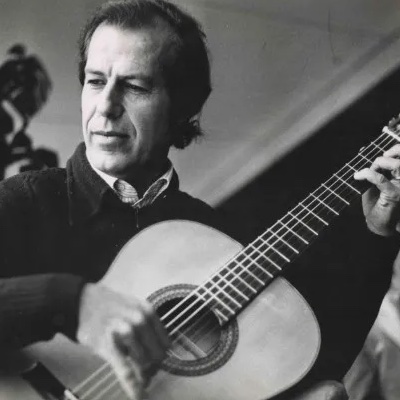
Alessandro Alessandroni
COMPOSER, ARRANGER, MULTI-INSTRUMENTALIST
-
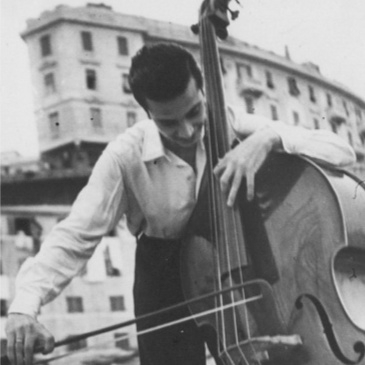
Berto Pisano
Composer and conductor
-
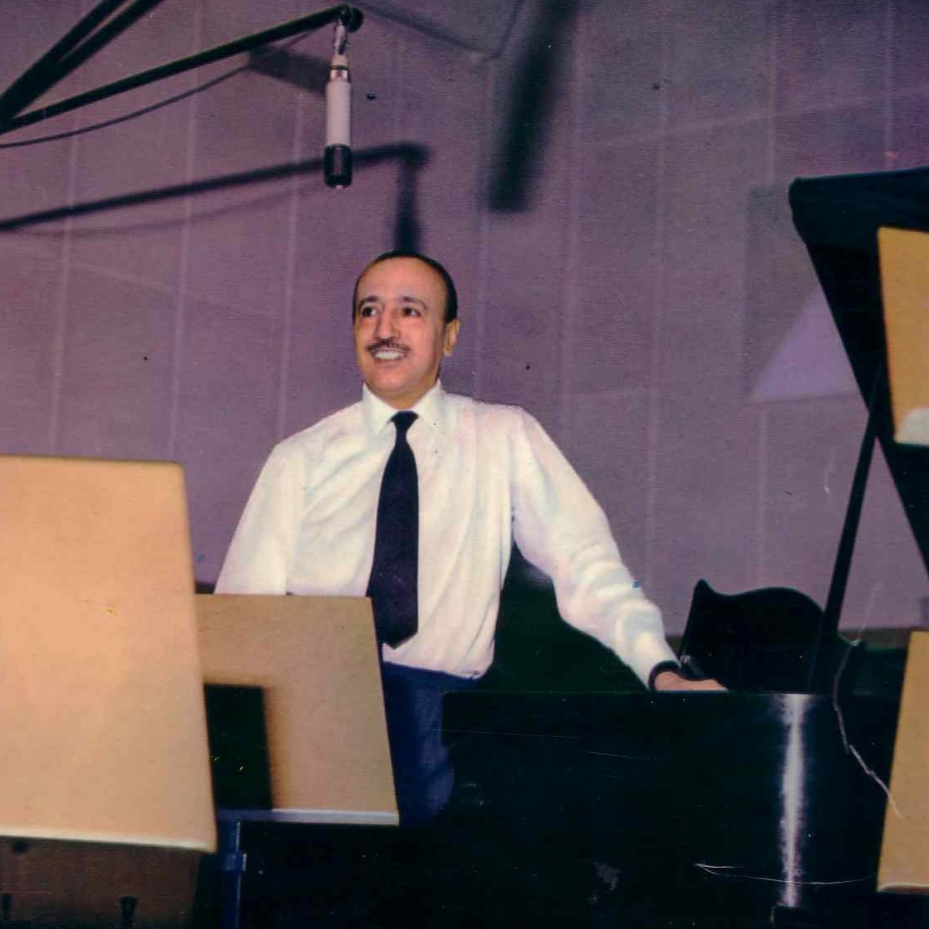
Carlo Alberto Rossi
composer and producer
-
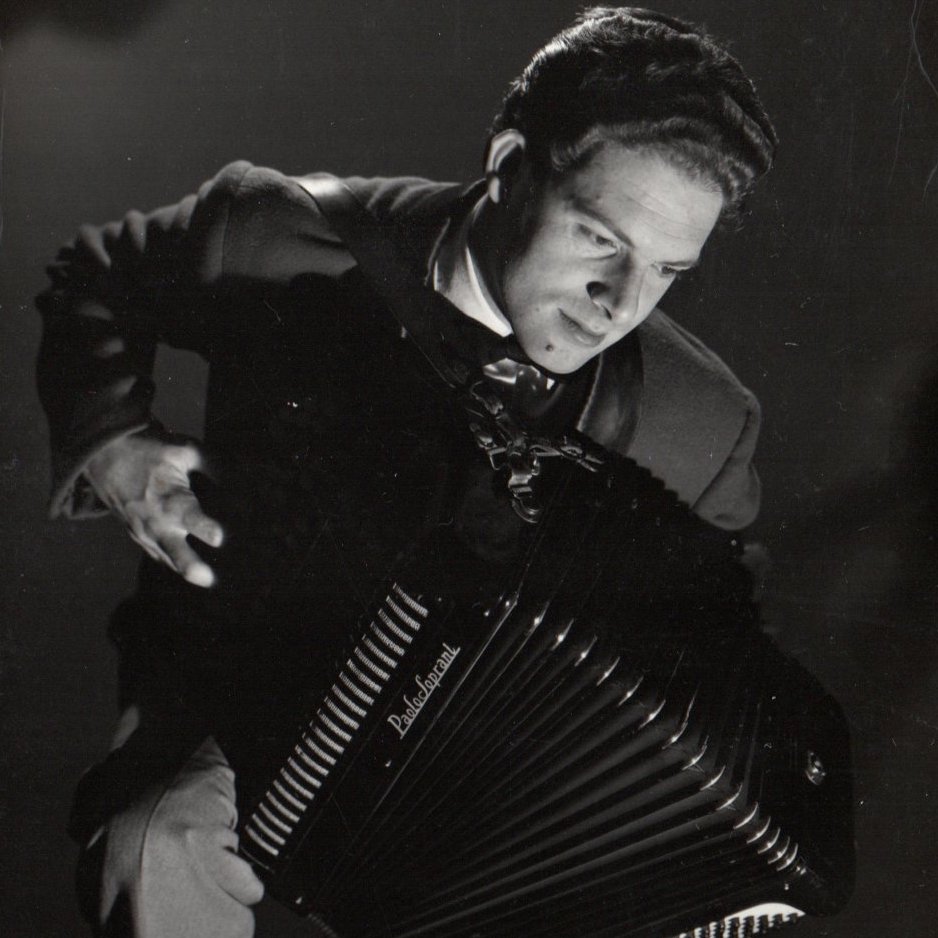
Enzo Minuti
COMPOSER and MULTI-INSTRUMENTALIST
-
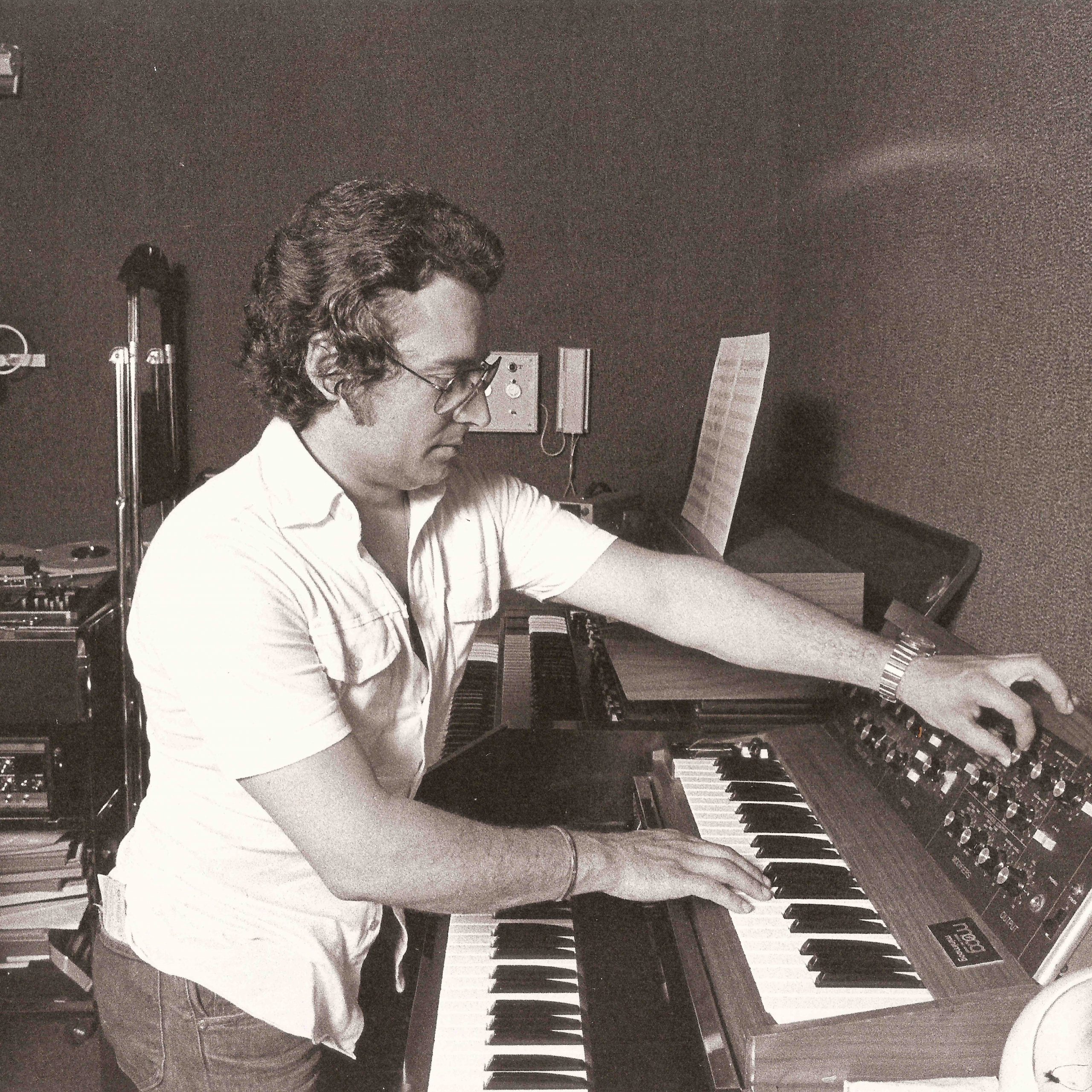
Giuliano Sorgini
COMPOSER and MULTI-INSTRUMENTALIST
-

Gianfranco Reverberi
Composer, arranger and producer